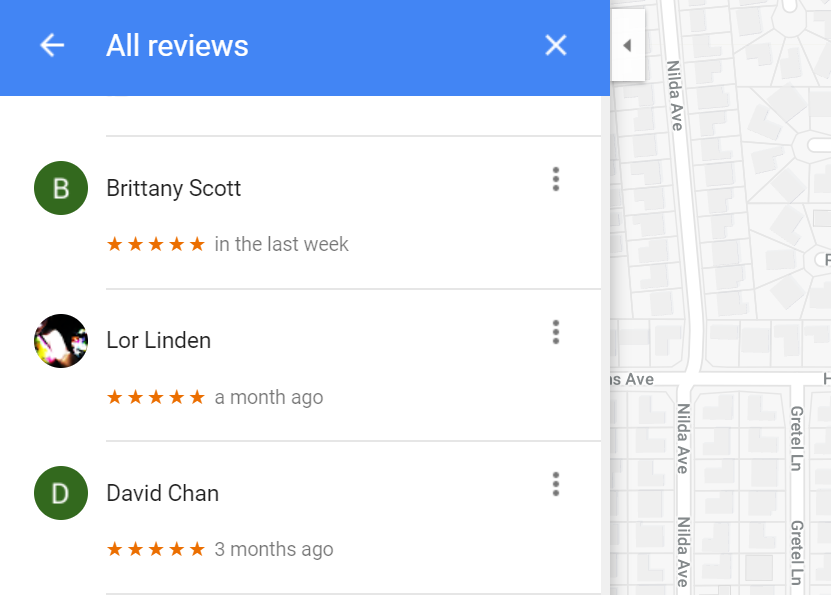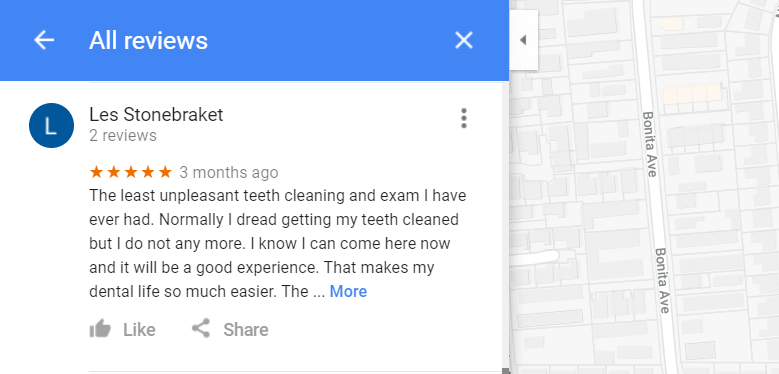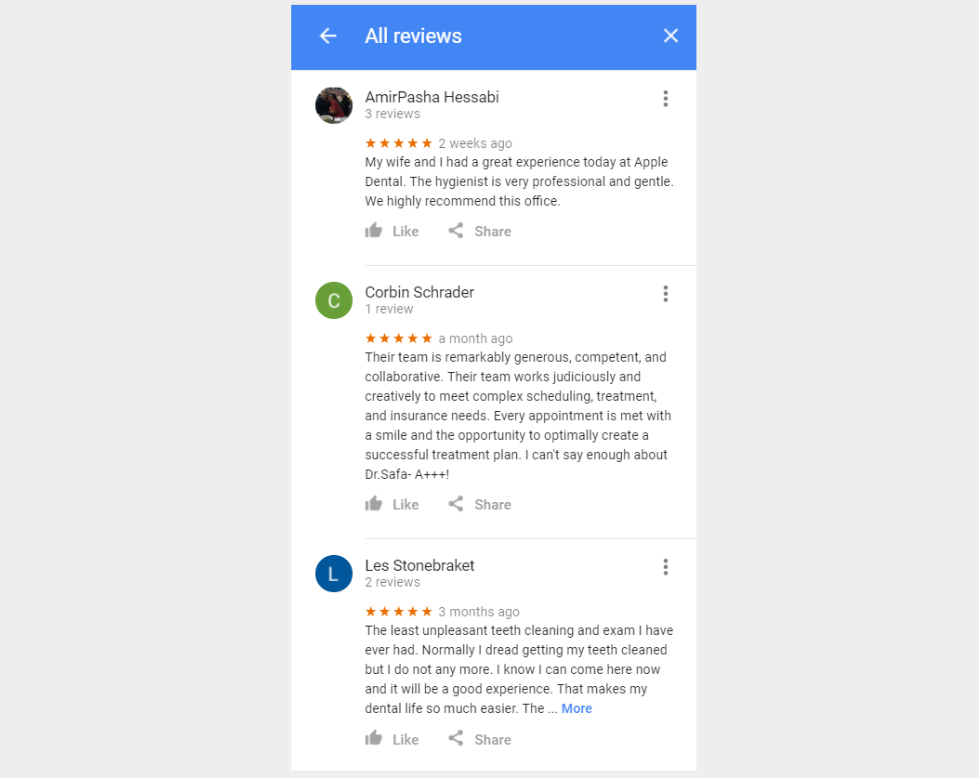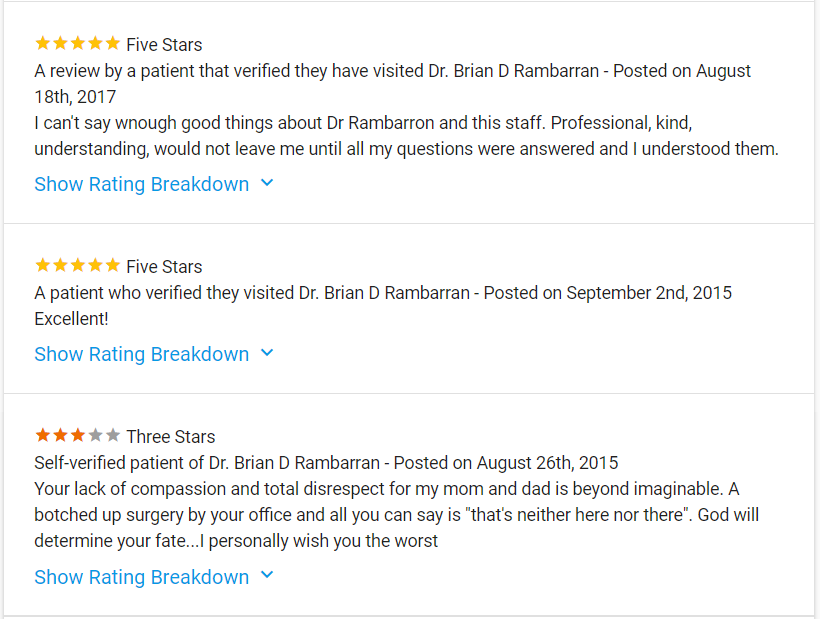How does Birdeye identify duplicate reviews and why it may not always be easy!
Customer reviews help businesses mirror the experiences of their customers to help prospects make a decision. The genuineness of these reviews and ratings is extremely important when making such decisions. Most respectable review sites today have a strong spam detection algorithms in place to ensure that the reviews are from genuine customers and are reliable.
When Birdeye aggregates reviews from these third-party review sites on to its platform, it runs a thorough check for duplicates to ensure that that the review ratings are not unfairly bloated or reduced due to duplicate reviews posted by the same reviewer. Birdeye's duplicate review identification logic relies on review information such as reviewer name, review rating, review comments (if any), the date on which the review was written etc. The main objective of this activity is to ensure that our customers have access to clean data so that they can make informed decisions.
Here is a sneak peek into what our duplicate-detection logic looks like.
For the purpose of duplicate-detection, Birdeye classifies reviews into two categories:
- Reviews without comments
- Reviews with comments
Reviews without comments:
 For reviews without comments, while aggregating reviews, we look at the following review attributes
For reviews without comments, while aggregating reviews, we look at the following review attributes
- Review source
- Reviewer name
- Review Rating
- Date/time stamp on the review
If the aggregated reviews are an exact match on attributes 1, 2, 3 and the date/time stamp is within a 24-hour window, the reviews are considered identical and duplicates are removed leaving only the original review in the feed.
Reviews with comments:

For reviews with comments, while aggregating reviews, we look at the following review attributes
- Review source
- Reviewer name
- Review Rating
- Review content (excluding case and special characters viz. “.”, “|”, “,”, “ “, “\n”)
If the aggregated reviews are an exact match on attributes 1, 2, 3 and 4, reviews are considered identical. All duplicate reviews are removed and only the original review is aggregated into the platform.
Sometimes despite the best logic in place, we may still see some duplicates. Here are a few examples of situations where duplicates may still be aggregated.
-
Subjective review date/time information:
Some review sites do not provide the exact date on which the review was written but mention a subjective date. For example, more than a week ago, more than 6 months ago etc. In such cases, it may be impossible to predict the exact date on which the review was written. (Source: Google)
-
Missing review date/time information:
Some review sites do not display the review date/time information at all. In the below example, the date provided under the review is in the future. The date indicated in the review is not the date on which the review was written but that of the upcoming wedding. (Source: Wedding Wire) - Missing or anonymous reviewer information:
In order to maintain anonymity, some review sites do not provide any reviewer information (reviewer name). This may cause inefficiency in the duplicate identification logic. (Source: ZocDoc)
- Sites that allow review updates:
Most of the review sites allow the reviewer to update a review that they wrote in the past. However, the review site may not necessarily update the date/time of the updated information. This may cause issues while identifying updated reviews and result in duplicate reviews. - Sites that allow multiple reviews by a reviewer:
Some review sites allow the reviewer to post as many reviews as he/she wants for the same business. They lack of a uniform and standard behavior across sites, therefore, may also cause issues while identifying duplicates.
So while we constantly work towards getting you duplicate free reviews on your dashboard for you to manage, lack of consistent standards across review sites may pose some problems sometimes!
.jfif)